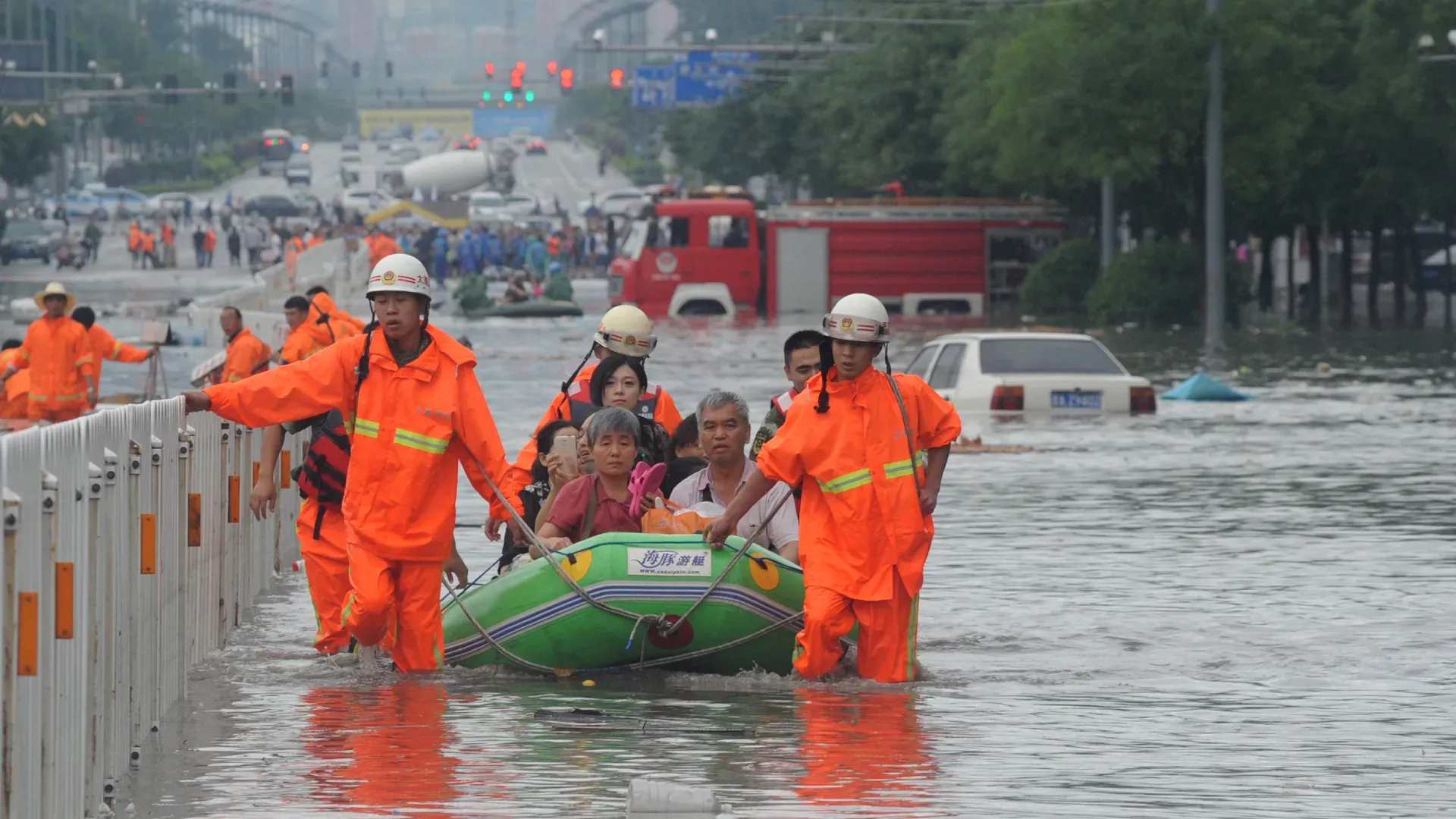Further damage to critical infrastructure and operational disruption due to flooding is likely in parts of central and southern China in the coming weeks.
This assessment was issued to clients of Dragonfly’s Security Intelligence & Analysis Service (SIAS) on 24 July 2024.
- The authorities on 24 July issued a warning that Typhoon Gaemi will hit southeastern Zhejiang and eastern Fujian province on 25 July
- Flood alerts are also in place for several other provinces as of 24 July with water levels in dozens of rivers exceeding warning levels
Operational and travel disruption in central and southern China is likely to persist into the coming few weeks at least. Heavier-than-usual seasonal rains this year have led to evacuations and submerged and collapsed roads in provinces such as Shaanxi, Sichuan and Guangdong. And the authorities are seemingly struggling with effective flood management amid a series of climatic events. Officials warned today, 24 July, over Typhoon Gaemi, meaning high risk of flooding in southeastern China will continue into the coming weeks.
Heavy flooding season
Flooding appears to be particularly disruptive in several parts of China this year. The rainy season usually lasts from May until October. But floods this year have started earlier than usual, leading to large evacuations in Guangdong province in April. And as of 21 July, the authorities in ten central and southern provinces had emergency alerts in place for flooding, including Guangxi, Hainan and Sichuan provinces. In the latter, heavy rains triggered flash floods and have led to the death of at least ten people.
Rural areas rather than cities appear to be particularly affected. Local press reports suggest that most of the damage to buildings and evacuations are taking place in villages and remote areas. This is especially in mountainous regions that are prone to flash floods and landslides. As a result, temporary electricity and communication blackouts lasting a few days seem highly likely; this was the case during floods in Sichuan province in recent weeks.
Typhoon Gaemi approaching
The authorities have forecast more rain in southern China in the coming days. Rainy season usually peaks in July-August. And the National Meteorological Center on 24 July issued a red warning due to Typhoon Gaemi; it is expected to reach Taiwan today and then move towards Fujian, Jiangxi and Zhejiang provinces on 25 July. It is then forecast to move northward and dissipate over the weekend. Still, heavy rain will sustain a high risk of flooding in these areas as a result.
Flooding will also be probable outside of the provinces affected by Typhoon Gaemi. This is because 50 rivers have surpassed warning levels as of 21 July, according to a local media outlet. In a sign of this, the world’s largest dam – Three Gorges Dam in Hubei province – was on a high alert and continued an emergency discharge of water as of 23 July. As a result, the central government has called on the local authorities in major river basins to implement measures to mitigate flooding this week.
Disruption to road and sea travel highly likely
We anticipate heavy rain and flooding in the coming weeks to lead to recurrent train and flight cancellations as well as disruption to ferry services and road travel. The authorities often suspend trains and close tourist spots at short notice either in anticipation of or during heavy rains; at least 32 high-speed trains and 20 ferry routes were suspended or adjusted in Guangxi province as Typhoon Prapiroon made landfall on 23 July. Landslides and flash floods also tend to block road travel for several days at least, especially in remote areas. And flight cancellations and delays are frequent due to strong winds and rain.
Infrastructure risks elevated
Ongoing floods are also likely to damage infrastructure in parts of China. Over the past few weeks, bouts of heavy rains have severely damaged bridges and roads in the country, including a collapse of a highway bridge in Shaanxi province that killed at least 15 people, according to local media reports. And in Guangdong province, a section of a highway collapsed amid heavy rain in May, killing 36 people. Reflecting this, the authorities have stepped up safety checks of key infrastructure over the past few days. Our countrywide infrastructure risk level is moderate.
Flooding and typhoons in close succession are highly likely to delay recovery efforts in the coming month. The authorities are capable of mobilising tens of thousands of personnel to help with disaster recovery efforts in urban and rural areas. This usually takes between a few days to a few weeks, depending on the extent of damage. But a close sequence of typhoons in geographical proximity and other climatic events will probably overwhelm drainage systems in urban areas, preventing access to affected areas and delaying such recovery efforts.
Image: Fire workers transfer citizens with inflatable boat on flooded street. Heavy rainstorm stroke west China’s Taiyuan City, causing many areas on flooded street. Many more express highways in Shanxi Province have been interrupted and all coach lines at passenger stations were also halted, on 20 July 2016, in Taiyuan, Shanxi Province of China. Photo by Getty Images.




